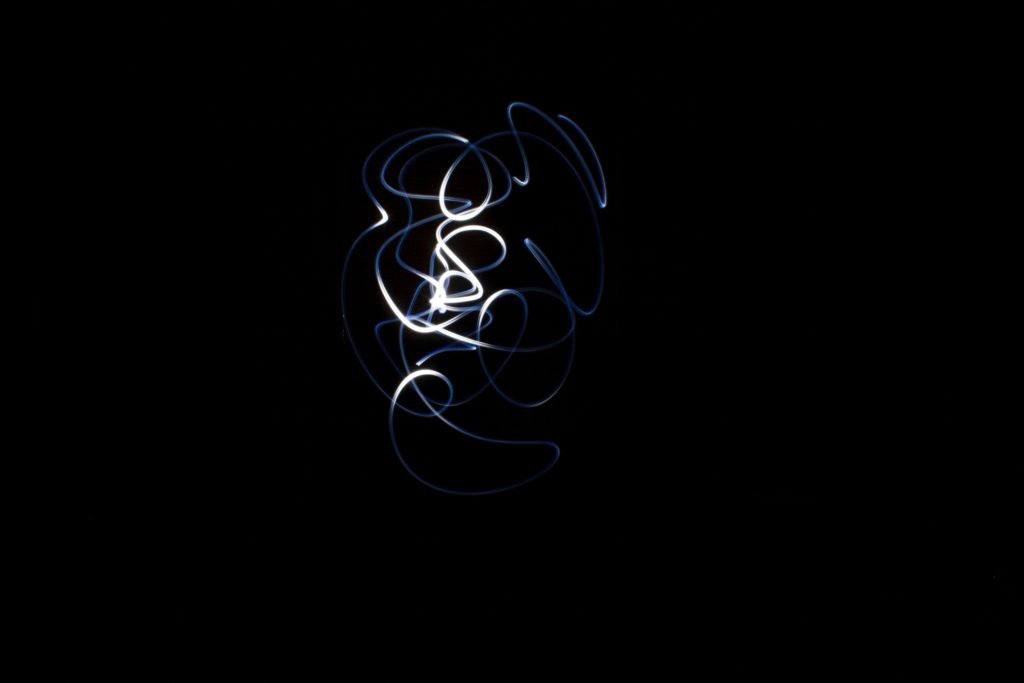What Is Qi? Should I Be Feeling That?

Sensations of Acupuncture
I frequently have the opportunity to introduce Acupuncture to someone who has never experienced it. A large part of this includes introducing sensations felt during the insertion of the needle and possibly during retention of the needle. Generally, the sensations are new to the patient so I try to provide language to describe the “good” sensations vs. the “bad”. This can be challenging for both of us, so I strive to emphasize the overall importance of finding relaxation and observing the quality of stimulation from the needles.
The classical texts of Chinese Medicine refer to attaining sensation with a needle as “De Qi”, which is loosely translated as “arrival of Qi”. There are four typical sensations: dullness, soreness, distension, and mild sharpness. These are signs that the nervous system is being stimulated by the afferent (sensory) nerves and the efferent (motor) nerves.
In modern history, we have learned the specific types of nerve fibers that elicit the classical descriptions of De Qi sensations.
- Heaviness: A-delta fibers, III muscle fibers
- Soreness: C-fibers
- Numbness: A-gamma fibers
- Buzzing: A-beta fibers
- Achy: IV muscle fibers
- Cold: A-delta fibers
- Hot: C-fibers, IV muscle fibers
- Pin-prick: A-delta, C-fibers
Some patients feel a variety of these sensations. Other patients only feel a couple of types every time they get Acupuncture. Producing sensations with needles is using a natural pathway of neurological signaling to the brain. This causes a cascade of local and systemic biochemical changes. Acupuncture is a natural medicine working on a cellular level to enhance the patient’s own physiology. And above all, it promotes the patient’s sense of ease and relaxation.
